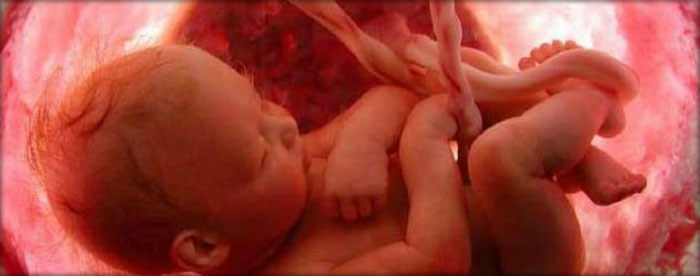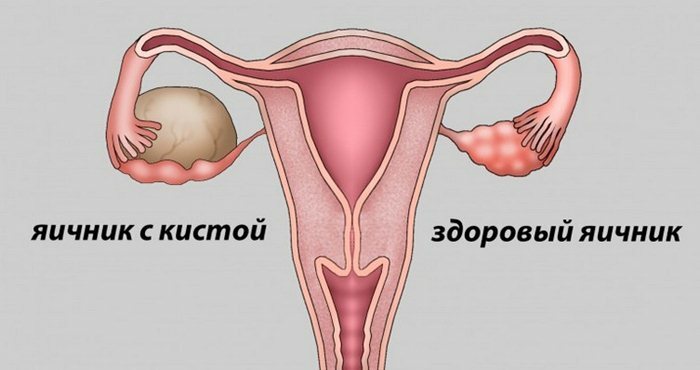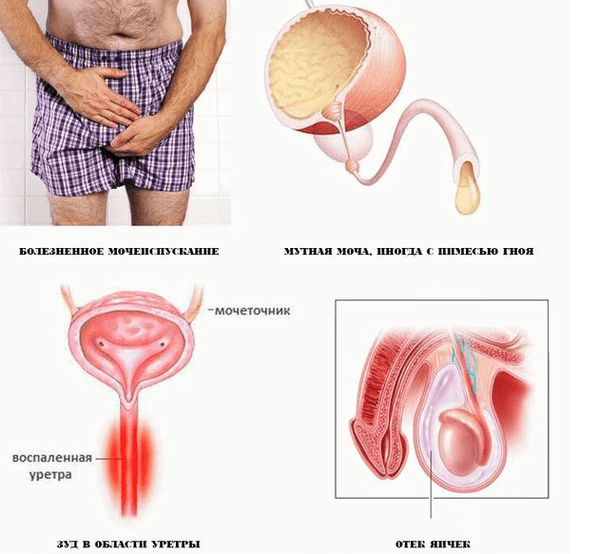Procedure for cryodestruction of cervical erosions

cryoablation procedure cervical erosions - a method of treatment using liquid nitrogen, i.e., by cooling to a temperature below the 90-150 degree Celsius. The cryodestruction procedure is the least traumatic surgical manipulation.
Benefits cryodestruction
Numerous advantages of this surgical procedure ensured its widespread use in the treatment of cervical erosion and other various pathological processes.
- Cryogenic exposure to tissues does not cause pain, because when cooling, the sensitivity of nerve endings is instantly impaired, so additional anesthesia is not required.
- Cryodestruction - bloodless procedure, since when exposed to tissue in liquid nitrogen is rapidly spasm and microvascular thrombosis.
- In carrying out the procedure of cryodestruction, damage to healthy surrounding tissues is minimal, while after cryogenic exposure the tissue is completely restored, since the protective mechanisms of the organism are activated. When
- cryodestruction erosion cervical elasticity does not change, it is also excluded scar deformation, which does not prevent further natural process of childbirth and allows the use of this procedure in young nulliparous women.
- The possibility of performing cryo-destruction in outpatient settings and a low risk of complications are also advantages of this method of treatment.
Contraindications to cryodestruction cervical erosion:
- inflammatory diseases of internal genital organs in the acute and subacute form,
- dysplasia of the third degree of the cervix,
- scar cervical strain,
- infections, sexually transmitted infections,
- endometriosis and fibroids that require surgical treatment,
- ovarian tumors,
- somatic diseases in decompensation stage,
- acute infectious diseases.
Preparation for cryodestruction.
Before the procedure cryodestruction should consult an obstetrician-gynecologist who hold:
- collection of complaints and anamnesis,
- inspection of the cervix and vagina in the mirror, as well as inspection of the external genitalia,
- fence separated the vagina on the microflora, as well as PCR swabs for infection,
- fetal smear from the cervix in the Pap test,
- colposcopy.
Based on the results of the examination, a diagnosis will be made and the optimal method of cervical treatment will be determined. Before the cryodestruction, the gynecologist should conduct a conversation with the woman about the essence of the erosion treatment method, in order to exclude the psychological factor that may arise if there is insufficient awareness. The patient should know that after the procedure there may be minor pains of a traumatic nature or a feeling of hot flush to the face. Such painful sensations, as a rule, pass through the day after the procedure.
Description of the procedure for cryodestruction
Cryodestruction of cervical erosion is recommended to be performed on the 7-10th day of the menstrual cycle. The procedure is performed on an outpatient basis and takes only a few minutes, after which the woman can go home. When cryo-exposure occurs, the tissue is frozen, after which it becomes cold, white, and insensitive. A woman at the same time can feel a slight tingling and burning. Half an hour after cryodestruction in the tissues exposed to liquid nitrogen, edema develops, which can persist for one to four hours. Then there are epidermal blisters. The dead tissue is completely discarded within 14-60 days, leaving a weakly visible speck. Complete healing of the cervical tissue occurs after 3-6 months.
Complications of
After cryodestruction, it is rare, but still complications may occur. The appearance of bleeding is not typical for such a procedure. More often there is a development of hydrorhoea, in which women during 1 month mark the appearance of liquid discharges of profuse nature. Hydrorrhea requires appropriate treatment if it does not pass by the end of the month.



